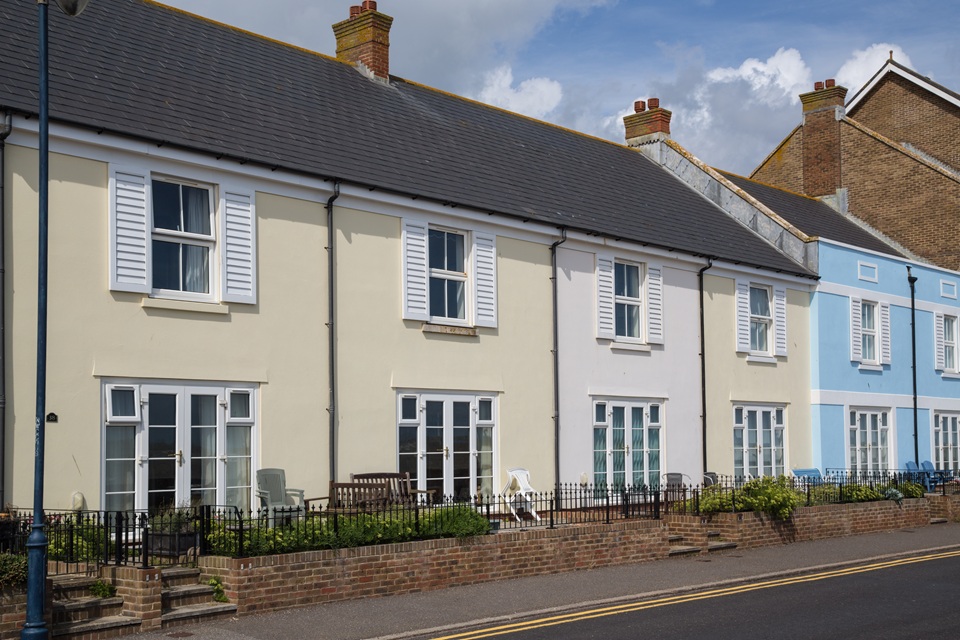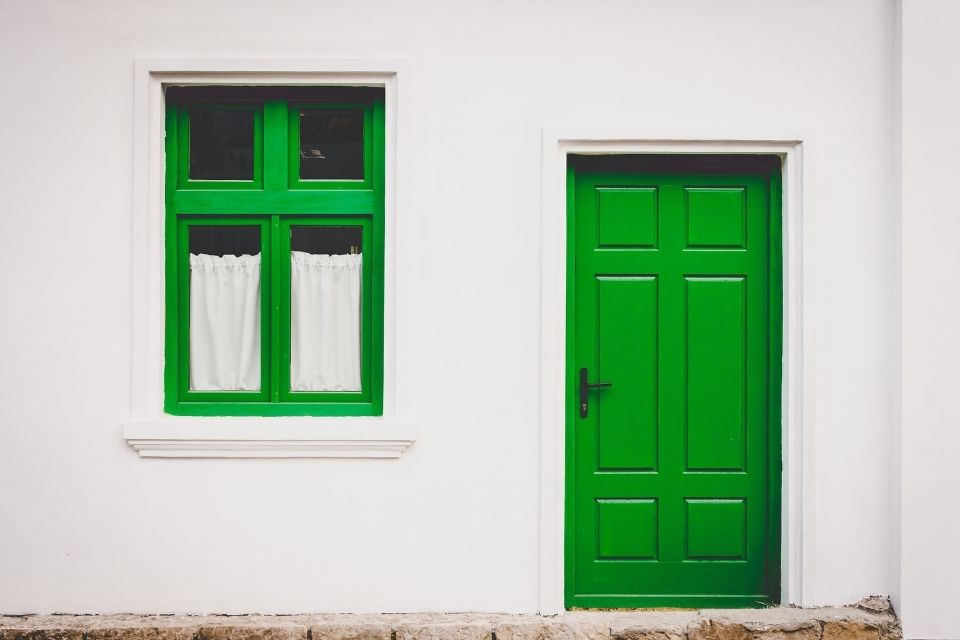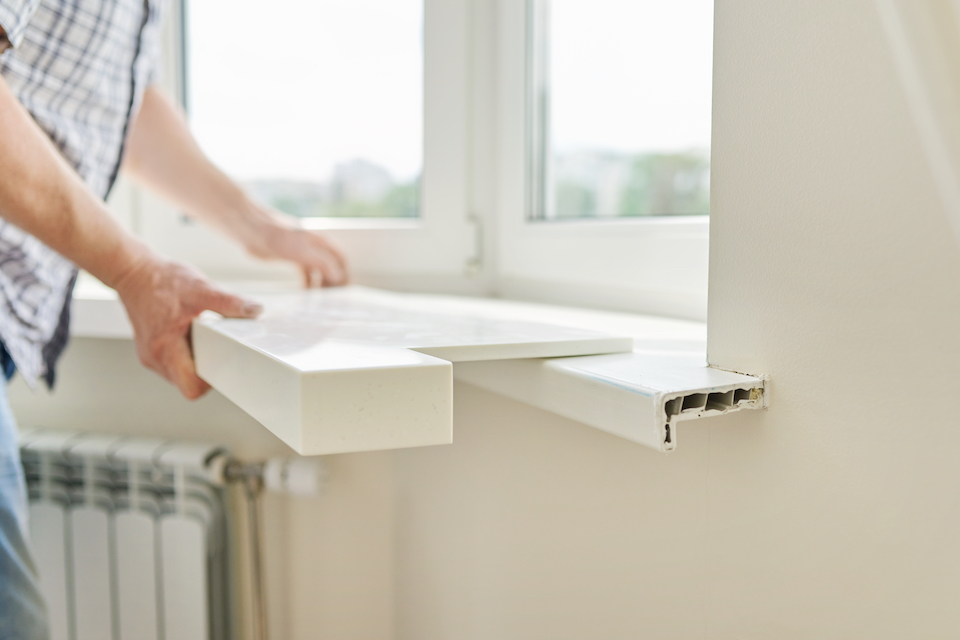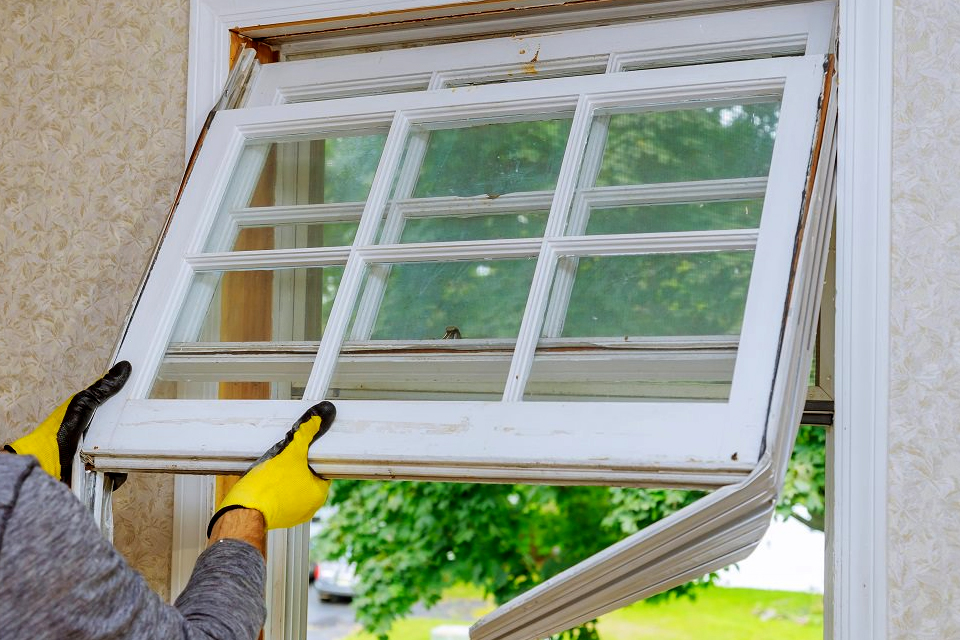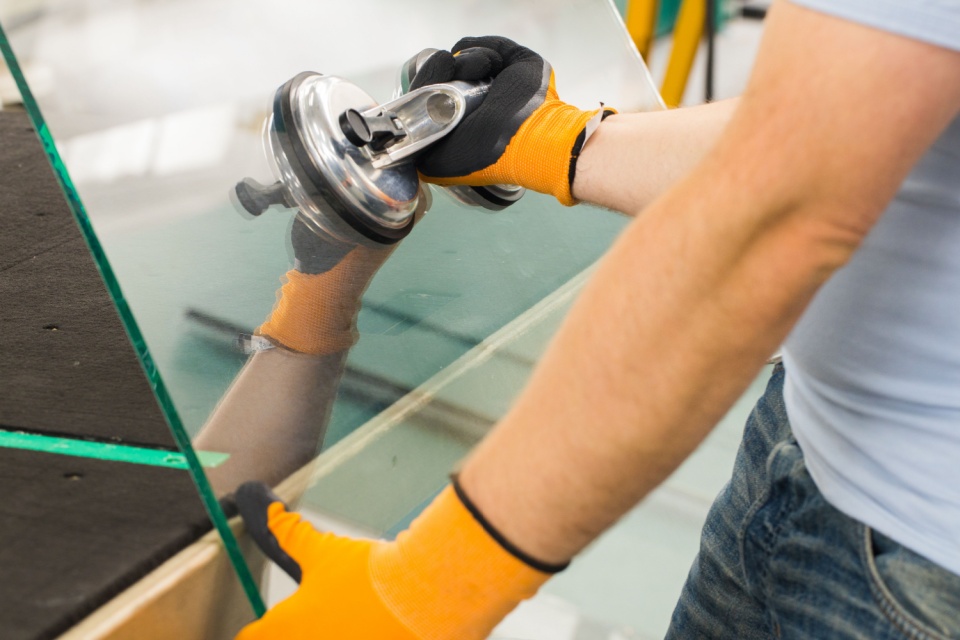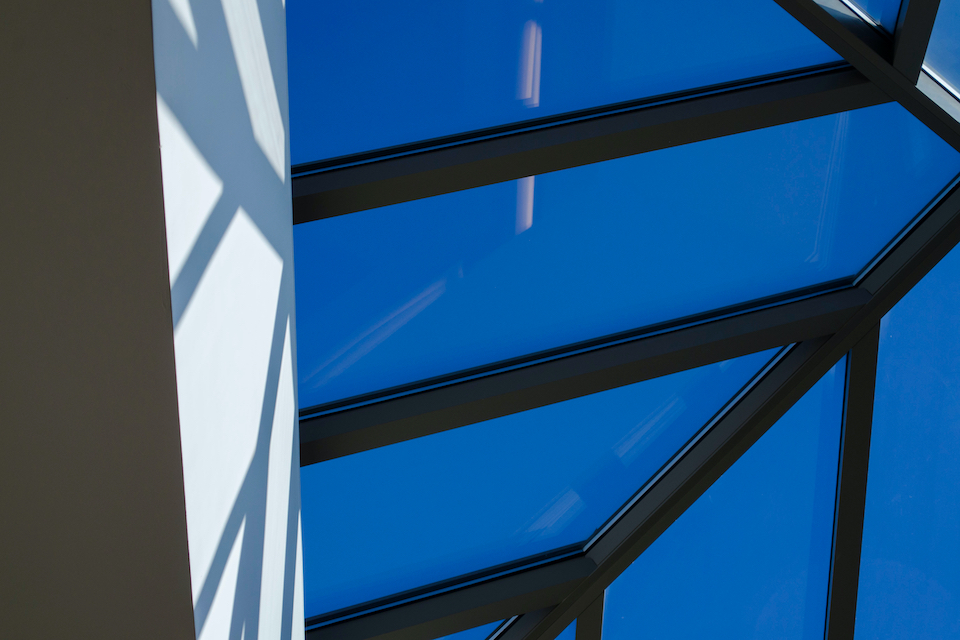How Much Does Shutter Installation Cost?
The cost of shutter installation can vary quite significantly depending on a few key factors such as the material, style, size of the windows, and complexity of the fitting.
This guide will provide homeowners with a comprehensive overview of what to expect when budgeting for new shutters.
Shutter Prices
Different types of window shutters offer their own very unique and functional benefits. For example, Plantation windows can be spotted by their wide louvres and the fact that they cover the full height of the windows. Commonly made from vinyl, MDF or hardwood, plantation shutters are very popular in the UK.
Solid panel shutters are made up of full, solid panels that offer the maximum privacy possible, and as such are ideal for bedrooms or more traditional homes. Alternatively, café-style shutters only cover the lower portion of the window and are a very popular choice for ground-floor rooms where more privacy is needed without fully blocking the sunlight.
Tier-on-tier shutters have separate top and bottom panels that operate independently, providing flexibility in light and privacy control.
The overall cost of window shutters does depend largely on two key factors - material and design. Vinyl shutters are budget-friendly options, and also offer great moisture resistance, making them perfect for kitchens and bathrooms. On the other hand, MDF options offer a painted and wood-like finish, and are also more competitively priced when compared to hardwood options.
On that topic, hardwood shutters are more luxurious and durable, making them a premium option. More complex designs and bespoke dimensions increase the average cost of shutters. Additional features like special finishes or custom shapes will also influence the overall shutters' cost.
| Type of Shutter | Material Options | Typical Use | Average Cost per m² (Supply & Install) |
|---|---|---|---|
| Plantation Shutters | Vinyl, MDF, Hardwood | Whole-house use: classic and versatile | £180 - £320 |
| Solid Panel Shutters | Hardwood, MDF | Bedrooms, period homes, full blackout | £200 - £400 |
| Café Style Shutters | Vinyl, MDF, Hardwood | Street-facing rooms, kitchens | £100 - £250 |
| Tier-on-Tier Shutters | MDF, Hardwood | Living rooms, front-facing rooms | £220 - £350 |
What are the Supply Costs for Shutters?
Supply-only costs make up a large portion of the overall price of installing window shutters in your home. Here, we delve deeper into just those material costs and explain how they are impacted. As a general rule of thumb, MDF shutters are often the least expensive, while also offering great durability and a wood-like appearance at a reduced price.
Hardwood shutters, on the other hand, are on the high end of the cost scale. Hardwood shutters are sought after due to their luxury look and feel, and also their far superior longevity and durability. Vinyl shutters provide a nice middle-priced option and are perfect for rooms that are prone to moisture, such as bathrooms and kitchens.
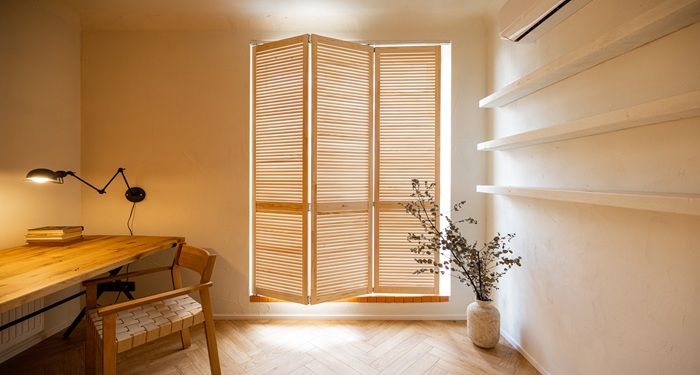
Style also impacts supply costs. For example, full-height shutters are generally more expensive due to their size, whereas café-style shutters require far fewer materials and labour due to how simple they are to install.
Tier-on-tier shutters are far more complex, requiring some additional hardware and a more skilled and experienced installer, all of which increases their price. Solid panel shutters, especially those made from thick wood, can also carry a premium.
Customisation is another important factor. If shutters need to be tailored to fit bay windows, arched frames, or require special finishes, this will raise the opening cost of shutters. Features like UV-resistant coatings, colour matching, and intricate joinery also contribute to a higher cost of window shutters.
What are the Additional Costs of Installing Shutters?
Homeowners looking to install shutters should be aware of the additional costs that may crop up throughout the process. For example, there may be an additional cost to prepare the windows prior to the installation of the shutters.
This can range from filling in gaps in the windows, sanding, or even realigning the window frames to ensure that the shutters can be mounted in the right place, along with ensuring they are secure and aesthetically pleasing.
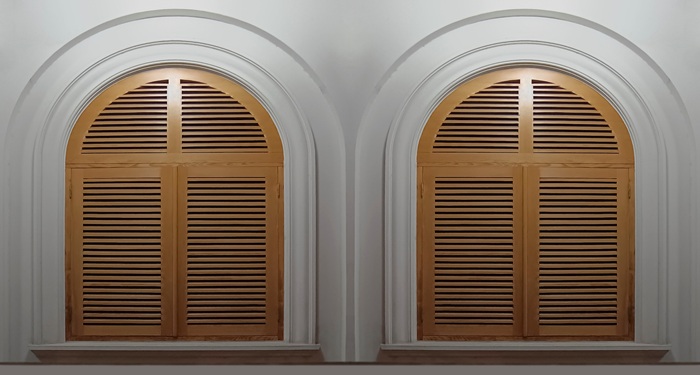
If your home has irregularly shaped windows, you may need to look into custom fittings to ensure that the shutters can be installed correctly and to shape and size. For example, bay windows or arched tops - anything that has an unusual opening - typically require custom or bespoke shutters to be made.
Of course, this increases both the cost and the installation time. These custom units often involve a higher degree of planning, measurement, and cutting, making them more expensive than standard shutters.
The removal of waste is an additional cost that is often overlooked. If there are existing shutters, or if you are also changing blinds or curtains, they will need to be removed. Not all tradespeople and installers will take this away, along with all of the packaging and off-cuts that may occur during the work. For more on waste removal and skips, visit here.
Delivery fees are also a factor to consider. Large or heavy shutters, especially those made from solid hardwood, may incur higher shipping charges, particularly if sourced from specialist suppliers or imported brands.
Lastly, some shutters may need finishing touches after installation. This includes painting, staining, or adding protective treatments to ensure longevity and aesthetic appeal. These final steps may be optional, but can add to the final price if not included in the initial quote. Visit our guide on the cost of painting woodwork for more information.
Tradesperson Costs for Installing Shutters
We’ve covered the cost of materials when it comes to installing shutters, but now let's look at the cost of tradespeople and labour.
Hiring a professional for the installation of shutters is absolutely essential, not just for the safety aspect of ensuring everything is fitted securely, but for the aesthetic requirement of having a polished finish. However, the labour cost for shutter installation varies widely based on several factors.
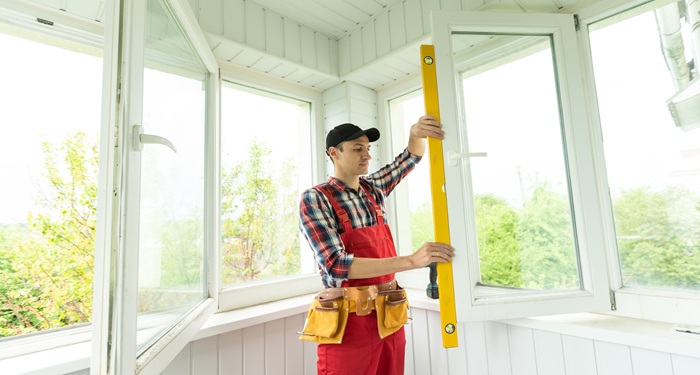
First of all, the number of windows being fitted is a major consideration. Naturally, the more windows you wish to have shutters on will require more time and increase the overall labour cost. Another key aspect is accessibility.
For example, fitting shutters on ground-floor windows is generally quicker and easier than upper-storey windows that may require ladders or, in some cases, even scaffolding.
Next, consider the complexity of the shutters themselves, as this will affect the price of labour and installation. Solid panel or tier-on-tier shutters that have some unique and custom features will take far longer to install than simple vinyl options.
If existing window treatments like blinds or curtains need to be removed before installation, this could result in an extra charge, too.
Tradespeople may charge by the hour, day, or per window. Small-scale jobs may seem cost-effective on an hourly basis, but it’s always worth getting a detailed quote to compare rates and ensure transparency on what is included. Labour costs can rise significantly for intricate jobs or difficult access points.
You should also consider the location of your home. The cost for tradespeople is much higher in densely populated areas and areas where the cost of living is high, like London and the South East. Contrastingly, in the North and other smaller areas like towns and villages, the demand for tradespeople is far less and therefore you can often get much more competitive rates.
How Long Does It Take to Install Shutters?
The time it takes to install shutters can vary quite greatly. For example, a single window with a very standard shutter design will take quite a short time to complete, maybe as little as 2 hours, whereas a full house project with complex designs can take much longer, even as long as 1-3 days.
Window size and type are the most important factors in determining the time it takes to install the full system. Café-style shutters are generally faster to fit due to their simpler make-up and smaller size.
On the other hand, full-height plantation shutters require much more effort, especially when made from heavier woods. Solid panel shutters may be quicker if they are single panels, but can become time-consuming if multiple pieces or sliding tracks are involved.
If you have an older home, consider what preparation work will need to be done before any installation can be completed. This adds time and expense, but is entirely unavoidable in many cases. Window frames may be uneven or require minor carpentry adjustments before shutters can be securely mounted.
Contrastingly, new-build properties often have more standardised and level openings, making the installation process smoother and faster.
Ultimately, the time taken to fit shutters will influence the final labour cost, especially when tradespeople are charging by the hour or day.
Types of Shutters
We have mentioned a variety of shutter styles throughout this guide, and each suits different aesthetics, privacy needs, and functional goals. Below is an overview of the most popular options, outlining their features and typical applications.
Plantation Shutters
A popular choice due to their classic look and more functional benefits, plantation shutters feature wide, adjustable louvres that allow for excellent control over light and airflow.
Most commonly used in lounges, bedrooms, and dining areas, they do suit a wide range of home styles from traditional to modern. Furthermore, their insulation benefits make them ideal for energy-conscious homeowners.

Plantation shutters can be made from a wide variety of materials, but most are made from vinyl, MDF, or hardwood. Of course, this material choice will affect the price of the shutters. While more expensive and complex to install, they do add a more luxurious feel and add long-term value to a property.
Café Style Shutters
These types of shutters cover only the bottom half of the window, which allows for both privacy and natural light. Not only that, but they are ideal for street-facing rooms and are often seen in kitchens, cafés, and bathrooms.
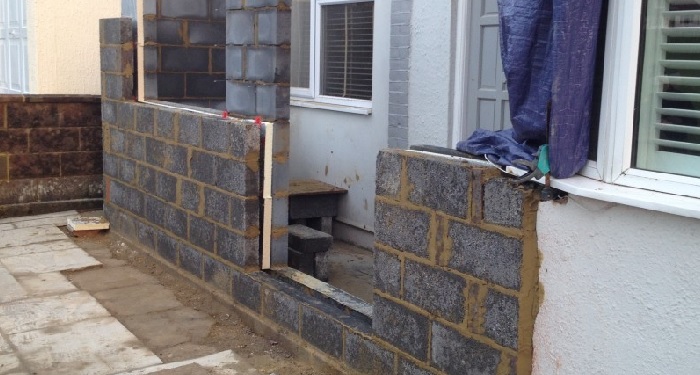
Café-style shutters are generally more affordable due to their reduced size and simpler construction. They are quicker to install and involve fewer materials, lowering both supply and labour costs. However, they do not offer full light control, which may be a drawback in certain settings.
Tier-on-Tier Shutters
Tier-on-tier shutters are quite unique, as they provide two independently operating panels which are stacked vertically.
This allows the homeowner to open the top section while keeping the bottom closed, or vice versa. These shutters are perfect for those who want flexible control over light and privacy throughout the day.
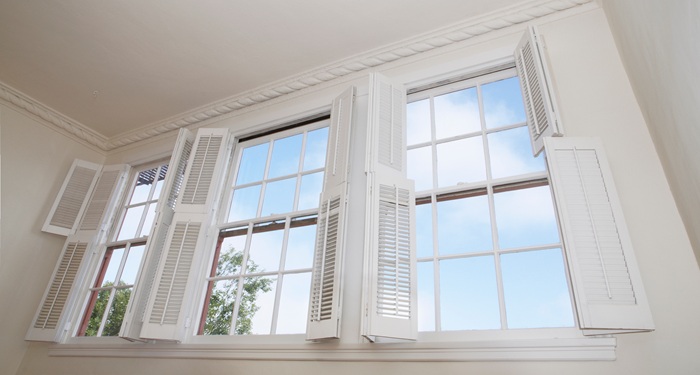
However, the dual-panel setup makes them one of the more expensive and complex types to install, and they often involve higher supply costs and longer labour times, reflecting their increased functionality and bespoke nature.
Solid Shutters
Solid panel shutters are ideal for rooms where total darkness or privacy is desired, such as bedrooms. They consist of solid wood panels that block out light completely when closed.

They are especially popular in period homes and offer excellent insulation and soundproofing. Solid shutters are typically made of hardwood and may be either hinged or sliding, influencing both their aesthetic and installation complexity. Their premium materials and traditional style mean they often come at a higher cost.
How Much Does It Cost to Remove Shutters?
The removal of shutters is quite a straightforward task, but there are a few factors that can affect the overall cost of the removal. There are many reasons why homeowners wish to remove their shutters - usually, it is to replace them with new ones, or for a large decoration process.
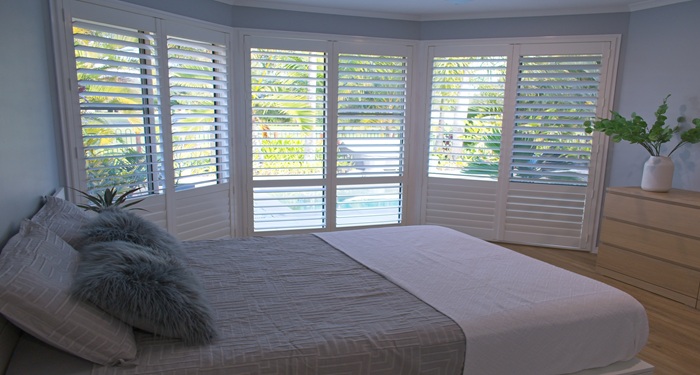
The number of shutters being removed will impact the time it takes and, therefore, the cost. Shutters that are screwed directly into the window frame can leave holes or damage that need repairing, especially in older homes. This means that in addition to the labour charge for removal, there may be extra costs for patching, painting, or replacing sections of the frame.
Disposal is another factor. Old shutters, particularly large wooden ones, can be heavy and difficult to remove from the premises. If disposal is not included in the tradesperson's service, homeowners may need to arrange and pay for it separately.
FAQs
Q: What are the benefits of installing shutters?
A: Shutters not only enhance the aesthetics of a home but also offer some great functional benefits. Not only do they offer privacy, but they also benefit the insulation and noise reduction of your home. They are also a long-lasting window treatment that adds value to the property.
Q: Can shutters help with insulation?
A: Shutters can be really beneficial to the insulation of a home, particularly the heavier variants like solid or plantation shutters. They help keep heat in during winter and out during summer, making your home more energy efficient.
Q: Are shutters suitable for bathrooms or kitchens?
A: Vinyl shutters are the best option for damp and humid environments like kitchens and bathrooms. Their moisture resistance and ease of cleaning make them ideal for kitchens, bathrooms, and utility rooms.
Q: Do shutters require regular maintenance?
A: Shutters in general are very low-maintenance; other than some dusting and wiping during cleaning, there shouldn't be anything else to worry about. If you have wooden shutters, you may want to repaint them every so often, but even this isn't mandatory.
Q: Is professional installation necessary for shutters?
A: DIY is suitable for many tasks around the home; however, when it comes to the installation of shutters, it is essential to enlist the help of a professional.
If you're considering new shutters, it's worth comparing styles and materials to suit your needs and budget. For more guidance on renovation pricing, browse our other home improvement cost guides.

